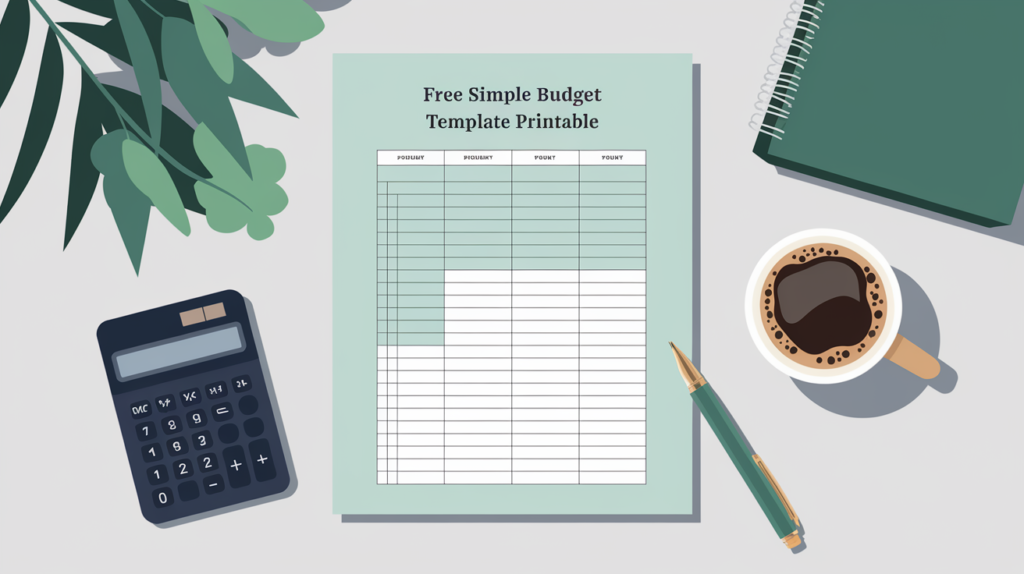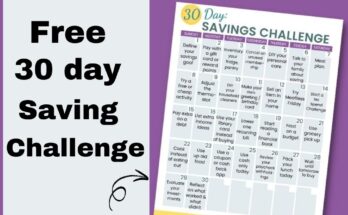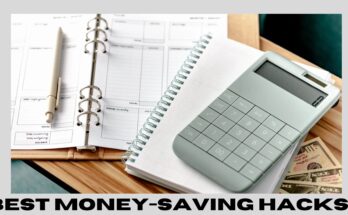Managing money doesn’t have to feel overwhelming. Whether you’re a new stay-at-home mom learning to live on one income, or a family eager to save for future goals like college or a vacation, a simple budget template is the perfect place to start.
Budgeting can seem intimidating at first, but with the right tools, it becomes much easier—and even empowering. That’s why a free printable monthly budget worksheet is so helpful. It takes the guesswork out of where your money is going each month and gives you a clear picture of your finances.
In this guide, I’ll walk you through how to use this budget template step by step, plus share tips for creating your very first family budget.
Why Start with a Simple Budget Template?
Many people put off budgeting because they think it’s too complicated. But budgeting doesn’t have to involve complex spreadsheets or expensive software. Instead, you can begin with a basic printable worksheet—easy to use, visually clear, and quick to fill out.
This free monthly budget template will help you:
- Track your income and expenses in one place.
- Differentiate between needs, wants, and savings goals.
- Understand exactly “where all your money goes” by the end of the month.
- Build the foundation for a budget binder or financial system.
Think of this printable as your “napkin-style” starter budget—it’s simple, but it gets the job done.

How Zero-Based Budgeting Works
The printable is designed to follow a zero-based budget system. That means every dollar you earn has a “job”—whether it goes toward bills, savings, or discretionary spending. At the end of the month, your income minus your expenses and savings should equal zero.
This doesn’t mean you’re spending every dollar; it means you’re intentionally assigning each dollar a purpose. That way, no money slips away unnoticed.
Step-by-Step: How to Create Your First Budget
Here’s a beginner-friendly roadmap for setting up your personal monthly budget using the free template:
1. Know Your Income
Start by writing down all sources of income—your paycheck, spouse’s income, side hustles, or passive income. Many people don’t actually know their exact monthly take-home pay, so double-check your bank deposits to be sure.
2. List Your Basic Expenses (Needs)
Next, move to the essentials—the things you must pay every month to keep your household running. Examples include:
- Housing (rent, mortgage, utilities, internet)
- Transportation (car payments, fuel, insurance, maintenance)
- Groceries and household food
- Childcare or school costs
- Medical bills and insurance premiums
- Loan or debt payments
At this stage, it’s okay to estimate—later you’ll refine with actual numbers.
3. Identify Other Expenses (Wants)
Now for the more flexible spending. These are categories that add joy to life but aren’t absolutely necessary. Examples include:
- Subscriptions (Netflix, Disney+, music apps)
- Eating out and takeout
- Vacations or weekend trips
- Hobbies and entertainment
- Clothing or beauty services
- Gifts and celebrations
Listing these helps you see how much “fun spending” is taking up space in your budget.
4. Total Everything Up
Once you’ve listed income, needs, and wants, calculate the totals. Then use the simple formula:
Income – Expenses = Balance
- If the balance is positive, you’re living below your means—great job! Now direct the extra money into savings, debt repayment, or long-term goals.
- If the balance is negative, don’t panic. It just means you’re spending more than you earn, so you’ll need to reduce expenses or find ways to increase income.
- If the balance is zero, you’ve created your first zero-based budget!
5. Check Your Actual Numbers
Now comes the “aha!” moment. Pull up your bank and credit card statements from the last 2–3 months and write down the real amounts you spent in each category. This step often reveals surprises—like how much subscriptions or eating out actually add up to.
6. Build Your FIRST Official Budget
Using your actual expenses as a guide, set realistic numbers for the coming month. If you overspent in a category like restaurants, challenge yourself to reduce it. If you have extra income left over, create savings goals—like an emergency fund, vacation fund, or retirement savings.
7. Talk with Your Partner or Family
If you share finances, it’s important to sit down together and compare numbers. Having these conversations might feel awkward at first, but it ensures everyone is on the same page and prevents money misunderstandings later.
8. Track Your Spending During the Month
Budgeting isn’t a “set it and forget it” task. Keep track of what you spend using the free printable expense tracker (or a digital tool if you prefer). This way, you can adjust categories as needed before the month ends.
9. Review and Adjust
At the end of the month, compare your budget to your actual spending. Did you stay within your limits? Were there any categories where you went over? Use these insights to make improvements in the next month.
Who Should Use This Budget Printable?
This free worksheet is designed for anyone who:
- Feels overwhelmed by traditional budgeting methods.
- Wants a beginner-friendly, no-frills system.
- Needs a low-income budget planner to track essentials.
- Hopes to set up a budget binder with printables.
It’s especially helpful for families, busy parents, and those brand new to budgeting.
Why Budgeting Brings Freedom
Many people think budgeting feels restrictive. In reality, a budget gives you freedom. When you know where your money is going, you can choose what matters most—whether that’s paying down debt, saving for a vacation, or simply enjoying guilt-free coffee runs.
A budget gives you control instead of stress. It allows you to plan for life’s surprises instead of feeling blindsided by them.
Next Steps
If you’re ready to get your finances under control, here’s what to do:
- Download the Free Simple Budget Worksheet – Print it out and fill in your income, needs, and wants.
- Review Your Real Numbers – Compare your budget to your actual spending.
- Set Your First Monthly Budget – Assign every dollar a purpose.
- Stay Consistent – Track expenses weekly and review monthly.
And if you want to take it further, consider building a complete budget binder. You can include extra tools like a debt payoff tracker, bill calendar, savings goal sheets, and more to stay organized.
Final Thoughts
Budgeting doesn’t need to be complicated. With this free simple budget template printable, you’ll have everything you need to start fresh. It’s quick to set up, easy to use, and powerful enough to help you answer the age-old question:
“Where does all my money go?”
Download your free worksheet today and take the first step toward financial freedom. With just a few minutes of planning each month, you’ll gain peace of mind, reduce financial stress, and start making real progress toward your money goals.


